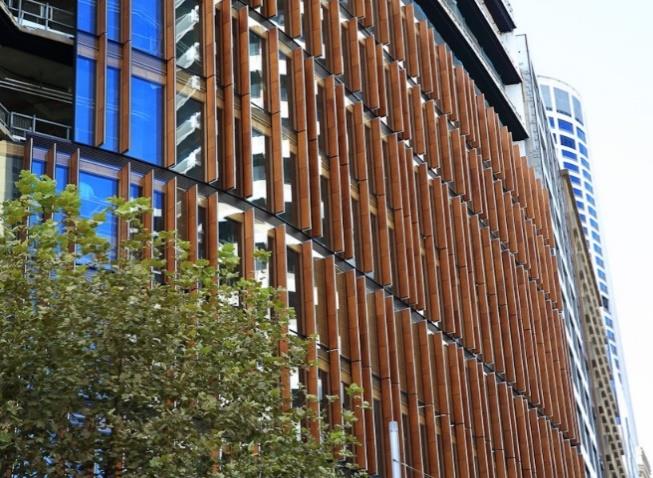A Simple Numerical Tool for Superimposition of Climatic Load and Wind Load in Closed Cavity Facades: Importance of a Coupled PE-Thermal-Mechanical Model

Abstract
This paper is the first in a series on the behavior of Closed Cavity Facades (CCF) under thermo-mechanical loading excitations. CCF are a novel trend for high performance double skin façade solutions, supplying high performances in terms of thermal and acoustic insulation and providing valuable benefits in terms of maintenance cost reduction. However, existing calculation methods adopted for double skin façade glazing verification under wind and climatic loads do not seem accurate to capture the particular behaviour of the CCF. In particular, the permeability of a CCF air cavity is several orders of magnitude less than the permeability of a ventilated double skin façade and current standards, such as EN1991-1-4, do not comprise any guideline for the optimized design of impermeable double skins. Both skins are recommended to be designed based on the full net pressure, or only discounting the internal pressure portion, without any provision for the load sharing effect. Moreover, climatic loads are conservatively applied ignoring permeability effects, overestimating in several cases the safety and serviceability behaviour under the daily and yearly temperature cycles. It is clear that the absence of a validated calculation approach enforces the demand for extremely safe assumptions, giving a paradox that a high performance façade is currently designed by a non-optimised calculation approach. In order to solve the shortcoming at hand, a comprehensive coupled pressure equalization-thermal-mechanical model has been developed and validated by means of experimental measurements. In this paper, the analytical basis of the model is described, starting from the scenario of a completely impermeable cavity and comparing the model outcomes with a reference software for the analysis of insulating glazing units. It will then be shown that the model can be extended to permeable cavities by accounting for a proper pressure equalization scheme through the openings. Finally, a sensitivity analysis of the major façade geometry variables was conducted with the numerical model, considering a wide range of possible applicative scenarios in term of permeability and skin stiffness.
Published
Issue
Section
Glass in Facades
License
Copyright (c) 2022 Guido Lori, Kjartan Van Den Brande, Nathan Van Den Bossche, Henk De Bleecker, Jan Belis

This work is licensed under a Creative Commons Attribution 4.0 International License.



